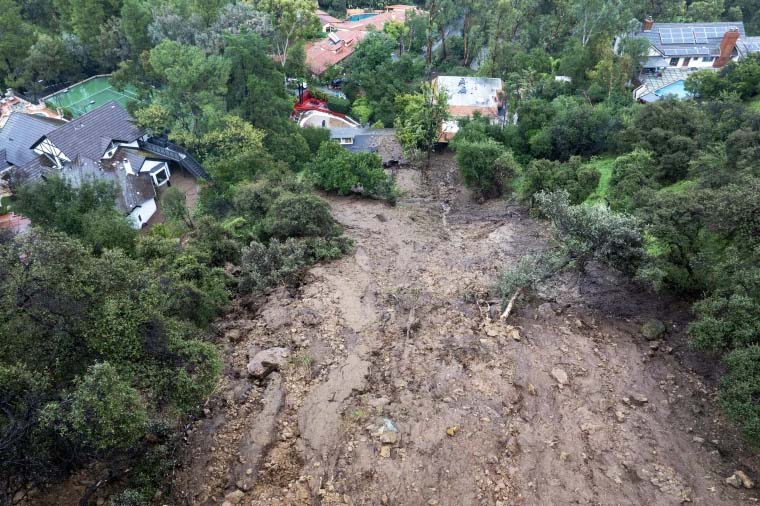Over the course of the last few years, a significant shift in weather patterns has become evident. Average winter temperatures in the United States have increased by a total of about three degrees Fahrenheit since 1850.
Spring and summer temperatures have increased by about two degrees, and overall, the normal annual temperature as well as annual precipitation has grown. These shifts have been caused in part by natural causes, but also manmade issues as well. Human activities today play a large role in climate change and rapidly growing warmer temperatures.
The burning of fossil fuels is a big contributor to global warming. Using fossil fuels such as coal, oil, and natural gas naturally release warmer gasses that trap heat in the atmosphere. Because of this, warmer temperatures are produced.
A common cause of climate change is cutting down forests and relying on generating power to produce electricity. Cutting down trees releases carbon that has been stored inside them, thus contributing to the growing issue of global warming. In addition, trees in forests protect the atmosphere from harmful emissions released by other causes, so without them, there is more risk of global warming.
Deforestation has become a huge problem today as more and more people have begun to cut down trees in order to create open land for farming and agriculture. Farming agriculture is another cause of harmful emissions as methane and nitrous oxide from manure are released into the atmosphere. Carbon dioxide, the leading cause of global warming, is released from energy used for the farms. Cutting down trees for things like farming and building roads is extremely damaging to the environment as a whole.
As a result of these increasing temperatures, there have been other serious repercussions. Intense heat waves have occurred throughout the world, which affect people both physically and mentally. Because of warmer temperatures, sea ice melts, which then causes sea levels to rise.
Essentially, this creates a domino effect as rising sea levels cause flooding, coastal erosion, marine heatwaves, loss of wetlands, and increased storm and hurricane surges. Glaciers and ice sheets have also melted over the years, which has then led to saltwater intrusion, affecting animal life under the surface of the oceans.
So how do we stop this pattern? The most simple yet significant lifestyle change is to lower your heating and cooling systems in order to reduce the amount of energy being used in homes each day. Also, switching to LED lights to save energy through light can be very effective.
Even something as simple as switching to cold water for laundry, and air drying clothes as much as possible as opposed to using the dryer can reduce the carbon footprint humans have created. Another large contributor to global warming that we might not realize is cars. Constantly clogging highways and roads with cars releases more harmful carbon emissions than we know.
Because of this, it’s always a good idea to consider your transportation options more thoroughly. If you’re traveling a short distance, a bike would be a better option, or even taking a walk. For longer distances, taking trains and buses can be beneficial when possible. Try to carpool with friends or family when traveling long distances together.
While public transport might not be the most comfortable option, it is extremely helpful for the growth of the environment. Eating more plant-based and whole grain foods can lower your impact on the environment as well. By doing this, you are using significantly less energy from land and water, thus giving that energy back to the environment. In addition, try to throw away less food, as wasted food equals wasted resources.
Overall, there are some simple steps that can be taken in daily life to improve the quality of our environment and save it from falling victim to global warming.









